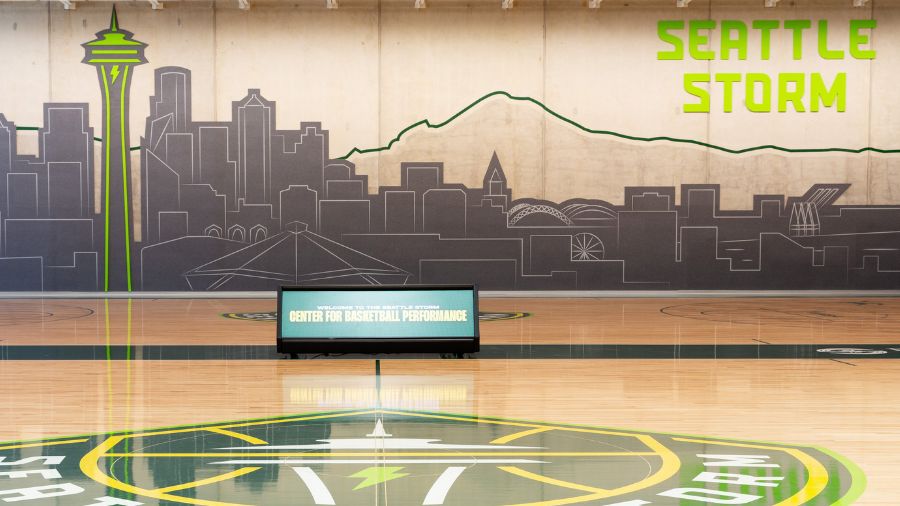988 suicide lifeline facing local, national staffing shortages ahead of July 16 launch
Jun 8, 2022, 5:22 AM | Updated: 6:42 am

(Photo by Jessica Rinaldi)
(Photo by Jessica Rinaldi)
Washington is currently trying to fill 112 different jobs for the 988 Suicide and Crisis Lifeline call centers located in Seattle, Spokane, and Everett.
“Workforce recruitment for behavioral health and crisis contact centers has been challenging in Washington and across the country, but we are making progress,” said Levi Van Dyke, the Deputy Director for Behavioral Health-Care Crisis Response at Volunteers of America Western Washington (VOA). “At VOA, we have currently hired around 30 new counselors out of the 50 we plan to have by the end of June to create additional capacity for the transition to 988.”
VOA is hiring staff in preparation for triple the current traffic through the National Suicide Prevention Lifeline. The center, located in Everett, will cover 988 text and chat in addition to phone work.
“This will add some additional volume that the other two centers in the state taking 988 calls won’t have,” Van Dyke said.
In 2020, the National Suicide Prevention Lifeline received 3.6 million calls, chats, and texts. SAMHSA expects the increase in contact volume to nearly double to 6 million and even go up to as much as 12 million, within the first full year after the 988 transition, according to SAMHSA’s 988 Appropriations Report.
“The staffing needs vary greatly across states and territories and across all the crisis call centers themselves,” said Palmieri, echoing Van Dyke’s sentiment. “There is an urgent need, and we encourage those interested in serving in these critical positions to visit our jobs web page.”
The national suicide rate grew by 30% from 2000 to 2020, according to suicide data from the Centers for Disease Control and Prevention.
Washington implementing new crisis phone line, 988, to complement 911 services
SAMHSA and its parent agency, U.S. Department of Health and Human Services (HHS), have been involved in extensive efforts to push out important messaging about crisis center workforce needs through partner email distribution lists and amplifying through multiple social media platforms.
HHS has tried to jumpstart the 988 initiative, introducing a $177 million fund to strengthen and expand the existing hotline network operations and telephone infrastructure. An additional $105 million was earmarked to help states increase necessary staffing across the country’s crisis call centers.
The National Suicide Hotline Designation Act made 988 the new national suicide lifeline number, able to receive phone calls and text messages, with its implementation on July 16.
States are expected to support 988 by imposing phone line fees, but only 13 have enacted legislation that addresses funding the new hotline as of this reporting.
Washington is one of those states, enacting legislation last year that added a 24-cent fee per line to residents’ monthly phone bill in order to fund 988. That fee is expected to bring in about $46 million annually to cover most of the cost of expanding the state’s suicide call center.
“We are at the start of a transition, not the end, and there is still a lot of work to be done. The Biden Harris Administration has made significant strides in strengthening and expanding the existing National Suicide Prevention Lifeline, and we expect 988 will continue to grow and evolve in the coming months as more states start to step up,” said Dr. John Palmieri, Acting Director of the Substance Abuse and Mental Health Services Administration’s (SAMHSA) 988 and Behavioral Health Crisis Coordination office.
“The Lifeline network of nearly 200 crisis call centers has been massively underfunded and under-resourced since it began in 2005,” Palmieri continued. “While this administration has significantly increased funds to support the Lifeline, states must do their part to rev up investments, too.”













